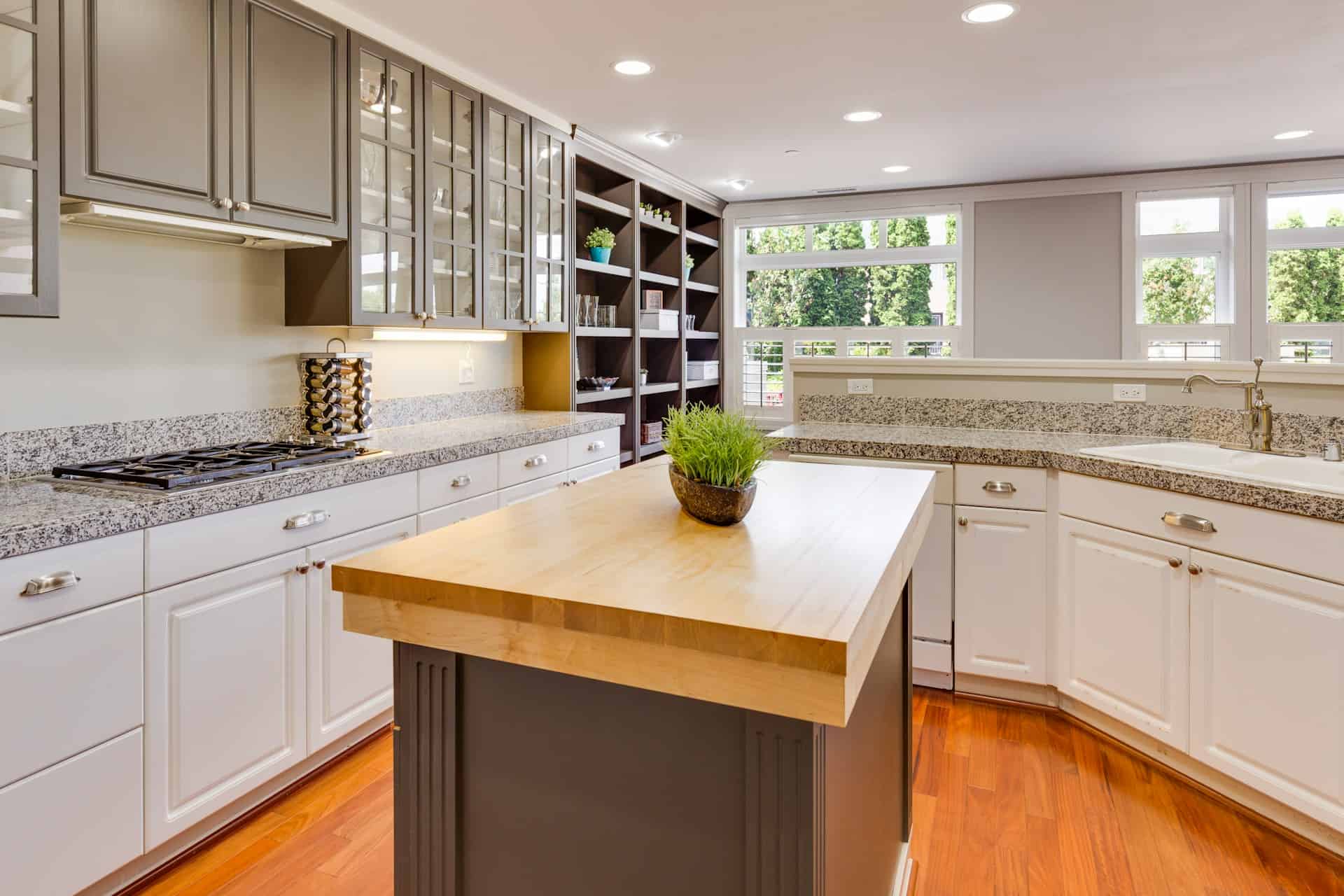
Question: How Do You Ventilate a Kitchen Without a Range Hood?
Answer: To ventilate a kitchen without a range hood open windows, use a powerful fan, consider a downdraft vent, or employ an over-the-range microwave with built-in ventilation.
Effective Kitchen Ventilation Strategies Without a Range Hood
Cooking generates heat, steam, and odors. A range hood normally removes these byproducts. But what if you lack a range hood? This article presents practical solutions for ventilating your kitchen without one, ensuring a fresh and comfortable cooking environment.
Open Windows and Doors
Opening windows and doors creates a natural airflow. This airflow helps remove cooking fumes and excess moisture. Cross-ventilation works best. Open windows on opposite sides of the kitchen. This draws fresh air in and pushes stale air out. Consider using fans to boost air circulation. Place a box fan in a window facing outward to extract air. This simple solution significantly improves kitchen air quality.
Positioning is key for effective ventilation. Open windows near the cooking area. This targets the source of steam and odors directly. Even slightly open windows make a difference. Combine open windows with other methods for optimal results.
Click here for more information on cabinet refacing near me Toronto
Related Article: Are Ductless Range Hoods Any Good?
Related Article: What is the Best Alternative To an Extractor Fan in the Kitchen?
Ceiling Fans
Ceiling fans circulate air throughout the kitchen. While not designed for exhaust, they help disperse cooking byproducts. Set the fan to rotate counterclockwise. This pulls air upwards and pushes it outwards. This action improves overall air circulation and helps reduce stagnant air pockets. Consider installing a ceiling fan with a higher CFM (cubic feet per minute) rating for better results.
Ceiling fans complement other ventilation methods. They work well in conjunction with open windows or portable fans. While not a primary ventilation solution, ceiling fans contribute to a fresher kitchen environment. They offer a continuous, gentle airflow that helps disperse cooking odors and reduce moisture buildup.
Related Article: Are Recirculating Rangehoods Any Good?
Related Article: Do You Need an Electrician To Install a Ductless Range Hood?
Downdraft Ventilation Systems
Downdraft ventilation systems offer a discreet alternative to range hoods. They pull air downwards through vents installed behind or beside the cooktop. This air then travels through ducts to the outside. Downdraft systems integrate seamlessly into countertops. This provides a sleek and unobtrusive ventilation solution. They work best for removing smoke and odors from the immediate cooking area.
Installation requires professional assistance. Plan for ductwork installation under the floor or behind cabinets. Downdraft systems offer an effective way to ventilate without a traditional range hood. Consider this option if you want a hidden ventilation solution with minimal visual impact. They offer a good balance between performance and aesthetics.
Related Article: What is the Difference Between a Range Hood and a Vent Hood?
Improve Natural Ventilation
Improving natural ventilation involves strategic adjustments to your kitchen layout. Placing your stovetop near a window maximizes the effectiveness of cross-ventilation. Consider using window screens with finer mesh. These screens allow for better airflow while keeping insects out. Adding vents to exterior walls can also improve air circulation.
Plants can contribute to cleaner indoor air. Certain plants naturally filter the air. Consider placing air-purifying plants in your kitchen. Regularly clean kitchen surfaces to minimize lingering food particles and odors. A clean kitchen contributes to a fresher environment. Combining these strategies optimizes natural ventilation and improves overall air quality.
Regular Cleaning Practices
Maintain a clean kitchen to prevent odor buildup. Wipe down surfaces regularly after cooking. Clean spills immediately. This prevents stains and lingering odors. Empty trash cans frequently. Food waste contributes to unpleasant smells. Wash dishcloths and sponges often. These items harbor bacteria and can produce odors.
Regular deep cleaning helps eliminate grease and grime. Clean your oven, stovetop, and countertops thoroughly. Consider using natural cleaning solutions. Baking soda and vinegar effectively remove grease and deodorize surfaces. Regular cleaning contributes to a fresher, more pleasant kitchen environment. A clean kitchen not only smells better but also promotes good hygiene.
Conclusion
Ventilating a kitchen without a range hood requires a multi-faceted approach. Combining these methods creates a comfortable and healthy cooking space. Choose the solutions that best suit your needs and kitchen layout. Experiment with different combinations to find what works best for you. Remember that regular maintenance and cleaning are essential for long-term success. By implementing these strategies, you can enjoy a fresher kitchen environment without the need for a traditional range hood.

Blue Malue Get in touch with Blue here.
